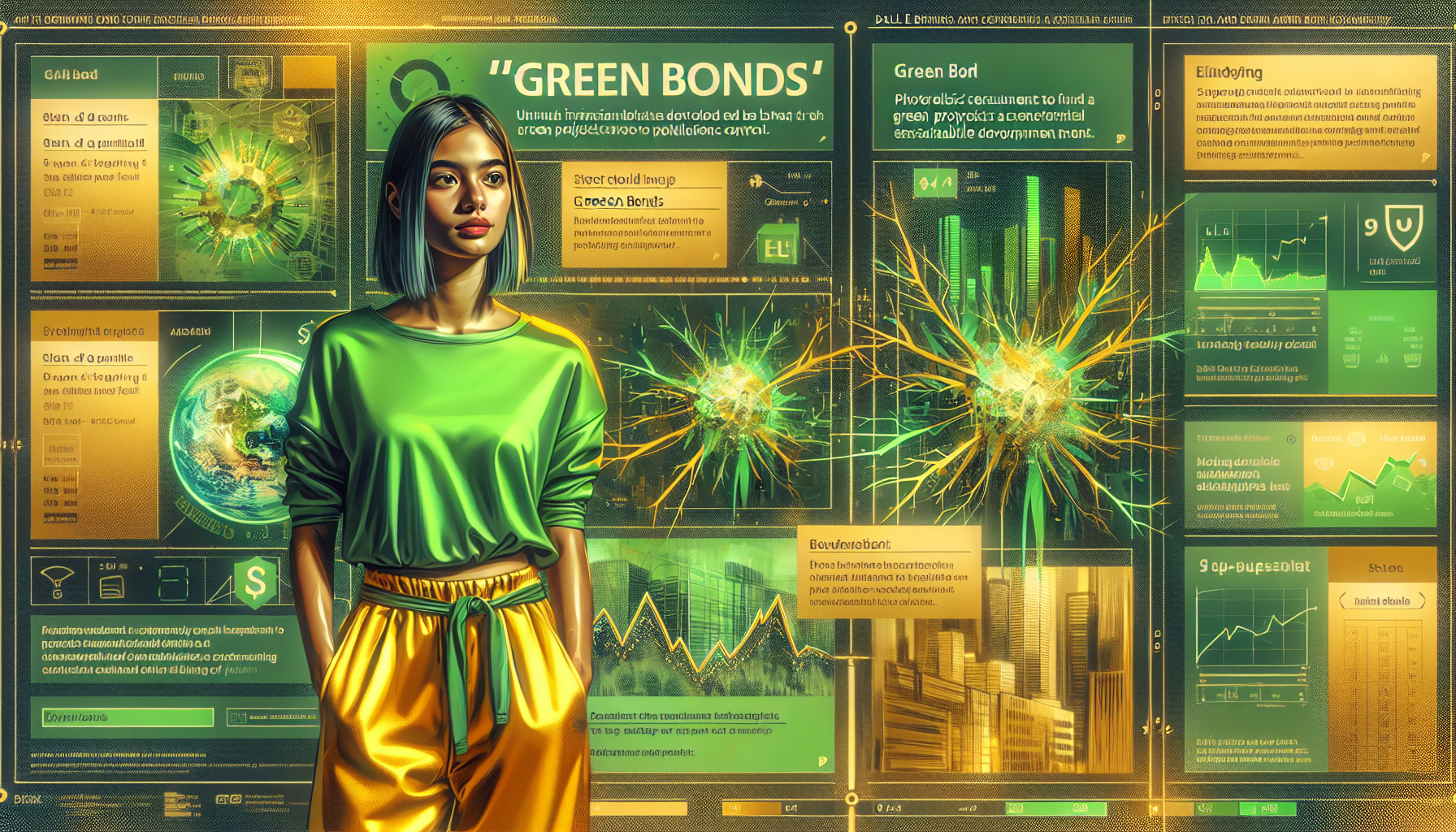In the rapidly evolving landscape of finance and investment, the push towards sustainability and environmental consciousness has given rise to a particular category of fixed-income investments known as Green Bonds. These financial instruments mirror traditional bonds in structure but are specifically earmarked to raise funds for climate and environmental projects. This depth of focus towards supporting renewable energy, energy efficiency, clean transportation, sustainable water management, and other eco-friendly projects differentiates Green Bonds from their counterparts, aligning investor’s portfolios with their environmental values.
The concept of Green Bonds first took shape in the late 2000s, with the World Bank issuing its inaugural green bond in 2008. Since then, the market has grown exponentially, attracting not just governments and municipalities but also corporate entities looking to fund their green initiatives. The proceeds from these bonds go towards a wide range of projects, from the development of renewable energy sources like wind and solar power to the financing of sustainable agriculture and forestry practices.
From an investor's perspective, Green Bonds offer a compelling proposition. They provide an opportunity to contribute to environmental sustainability while generating returns comparable to those of conventional bonds. This makes them particularly appealing to socially responsible investors who are not only focused on financial gains but also on the positive impact their investments can have on the planet. Moreover, as global awareness and regulatory frameworks around climate change strengthen, the demand for Green Bonds is likely to continue its upward trajectory.
However, it's crucial for investors to conduct due diligence before diving into the Green Bond market. The label 'green' does not automatically ensure that the investments will yield positive environmental outcomes. The absence of standardized criteria for what qualifies as a 'green' project means that it falls upon investors to vet the environmental credentials of these bonds. This includes examining the issuing entity's environmental policies, the specifics of the projects being financed, and the expected environmental benefits. Third-party certifications, such as those from the Climate Bonds Initiative, can also offer a layer of reassurance regarding a bond's green credentials.
For those looking at stock options and investment strategies beyond direct bond purchases, several ETFs (Exchange Traded Funds) and mutual funds now focus on investing in portfolios of Green Bonds. This allows investors to diversify their holdings and mitigate risk, while still contributing to environmental sustainability. Furthermore, as the market for Green Bonds continues to mature, we might see more innovative financial products and strategies emerge, offering even more avenues for environmentally-conscious investment.
In conclusion, Green Bonds represent a fusion of financial objectives with environmental stewardship, providing a bridge for capital to flow towards projects that have a positive impact on the planet. For investors, they offer a pathway to align investment portfolios with environmental values without compromising on financial returns. As the urgency of addressing climate change intensifies, Green Bonds are set to play a pivotal role in financing a sustainable future. Investors looking to be part of this exciting and meaningful journey should consider adding Green Bonds to their investment mix, as they promise not just financial returns but a healthier planet too.
Interested in expanding your investment portfolio with innovative financial tools? Join Tiblio today and explore a plethora of options to enhance your investment strategy.
